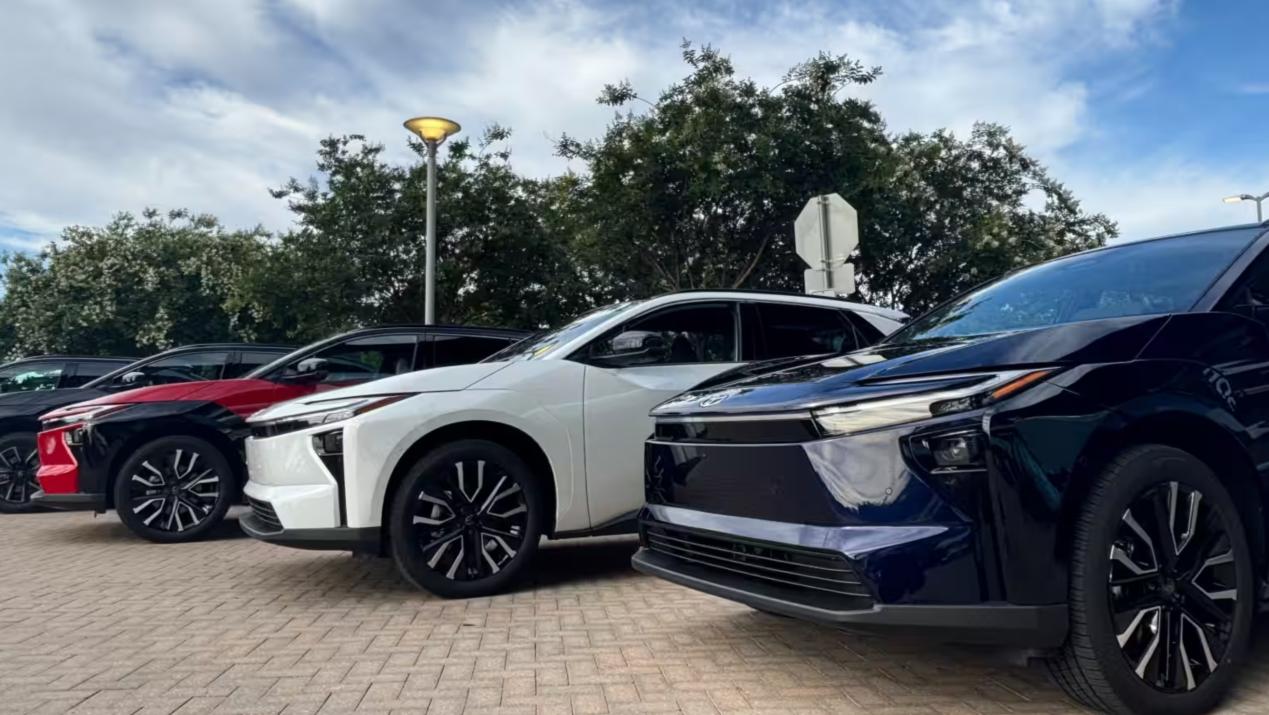
After Trump's return to power in 2025, the United States witnessed a significant regression in its climate policies. This change not only disrupted the global climate governance landscape but also forced Japanese enterprises to urgently adjust their strategic directions, seeking new survival spaces in energy transformation and industrial layout.
I. Policy Regression in the United States: A "Countercurrent" to Global Decarbonization
Upon taking office, the Trump administration, under the banner of "America First," completely overturned the clean energy policies of the Biden era. Its core measures included: withdrawing from the Paris Agreement, ending subsidies for renewable energy under the Inflation Reduction Act, abolishing the mandate for new energy vehicles, and halting the approval of wind power projects on federal lands. These policies directly led to a rebound in US carbon emissions and a stagnation in international climate cooperation. It is predicted that if the federal policies continue to regress, the US will struggle to meet its 2030 emission reduction targets, potentially delaying the global decarbonization process by 5 to 10 years.
The policy shift in the United States has posed a dual challenge to Japanese enterprises. On one hand, Japanese automakers and semiconductor companies had relied on the US market to advance their electric vehicle transitions, but Trump's revocation of electric vehicle subsidies and increase in fossil fuel production led to a dramatic change in the demand structure in North America. On the other hand, the US withdrawal from international climate agreements weakened the global carbon pricing mechanism, compelling Japanese enterprises to reevaluate the investment return periods of green technologies.
II. Japanese Automakers: From "Electric Vehicle Breakthrough" to "Hybrid Power Solidarity"
Facing the uncertainty of US policies, Japanese automakers collectively adjusted their electric vehicle strategies, focusing on hybrid technology as a core approach:
The strategic shift of Japanese automakers is essentially a passive adaptation to the regression of US policies. The Trump administration's relaxation of fuel vehicle emission standards and revocation of electric vehicle subsidies led to a sharp drop in the growth rate of pure electric vehicle demand in North America from 45% in 2023 to 12% in 2025. Hybrid models, which offer both low fuel consumption and low operating costs, have become a "safe choice" during the policy transition period.
III. Semiconductor Industry: Investment Contraction and Technological Route Adjustment
Japanese semiconductor companies have also been affected by US policies. Take power semiconductors as an example. Renesas Electronics has suspended its silicon carbide project, Mitsubishi Electric has postponed the expansion of its Kumamoto factory, and Rohm has cut its silicon carbide investment by 46%. There are three underlying logics behind this adjustment:
1. Shrinking market demand: The withdrawal of US electric vehicle subsidies has led to a slowdown in the growth rate of global silicon carbide demand. The capacity expansion of Chinese enterprises has further depressed prices, and the profit margin of Japanese companies has dropped from 18% in 2023 to 5% in 2025.
2. Supply chain risks: Japan relies on imports for 90% of its lithium and 80% of its cobalt. The Trump administration's push for a fossil fuel revival may cause fluctuations in resource prices and increase the uncertainty of battery material costs.
3. Technological substitution pressure: US companies are increasing their research and development of silicon-based power semiconductors, attempting to seize the market through the optimization of traditional materials, forcing Japanese companies to reevaluate the commercialization pace of silicon carbide.
IV. The Deep Dilemma and Way Out of Strategic Adjustment
The strategic revisions of Japanese companies have exposed two structural contradictions:1. Technological route dependence: Japan's accumulation of patent barriers in the hybrid field (such as Toyota's hybrid system accounting for 60% of global related patents) makes it difficult for them to quickly shift to the pure electric track, creating a "path lock-in" effect.2. Imbalanced market structure: Japanese automakers have a sales share of over 40% in the North American market. The policy regression in the US directly impacts their core profit source, forcing companies to maintain market share through technological compromise.
However, in the long term, Japanese companies still face the rigid constraint of carbon neutrality goals. The expansion of the EU's carbon border tax (CBAM) and the rise of China's new energy industry chain require Japanese companies to accelerate their green transformation. In the future, Japanese companies may adopt a dual-track strategy of "hybrid transition + hydrogen energy layout": in the short term, they will meet policy compliance through hybrid technology, and in the long term, they will rely on hydrogen fuel cells to achieve a "catch-up" move.
Trump's retreat from decarbonization policies is essentially a game of energy geopolitics in the context of the retreat of globalization. The strategic revisions of Japanese companies are both a reluctant response to short-term risks and an exploration to reconstruct industrial competitiveness. In this "headwind game" of energy transformation, how to balance policy dependence and technological innovation will be the key for Japanese companies to break through.

Ukrainian President Volodymyr Zelensky said that Ukraine and the so-called "voluntary alliance" plan to hold their next meeting in early January next year.
Ukrainian President Volodymyr Zelensky said that Ukraine an…
Russian President Vladimir Putin held a phone call with Ira…
The South Korean political arena has once again been embroi…
On the morning of December 29th local time, the precious me…
According to the US media Barchart, recently, the fluctuati…
On December 29th, Mar-a-Lago in Florida, USA, witnessed a h…